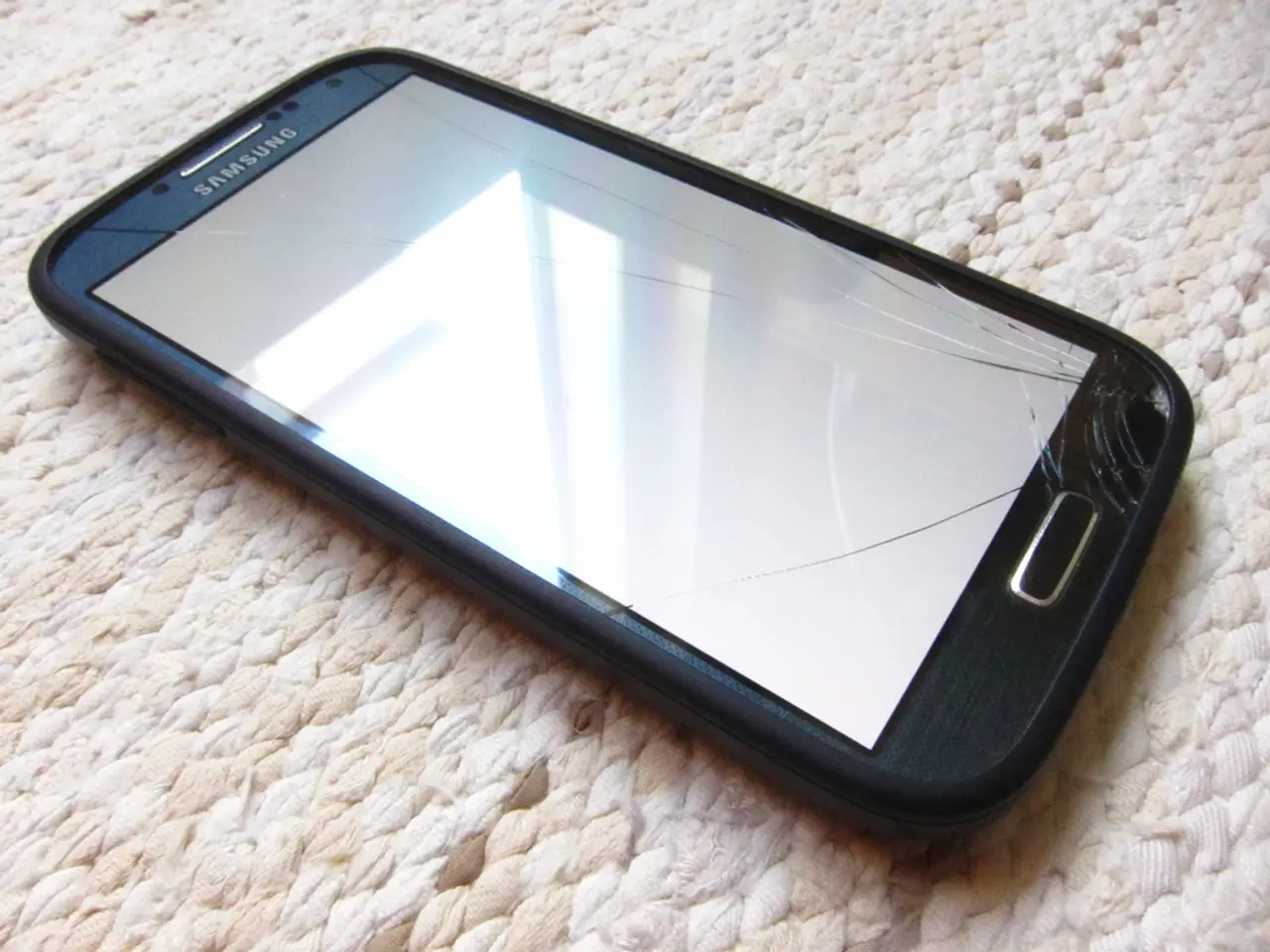Cellular device prohibition in Texas educational institutions: viewed as a stealthy form of addiction
Texas schools are implementing cell phone bans to reduce distractions and potentially improve student focus and mental health. The ban, backed by state lawmakers, aims to create a more conducive learning environment for young adults.
Improved Academic Performance
Studies show that students who refrain from using phones during class take more detailed notes, recall more information, and score higher on tests. Schools that have implemented full bans report higher student engagement and fewer disruptions. In some cases, students have seen up to a letter and a half grade improvement [1].
Enhanced Focus and Attention
The removal of digital distractions such as notifications and social media allows students to concentrate better during lessons. This improvement results in a better classroom climate and behavior, as reported by teachers and administrators [2][4][5].
Mental Health Benefits
Cell phone bans are believed to decrease opportunities for cyberbullying and reduce stress from constant connectivity. However, it's important to note that cell phones also provide mental health resources like crisis lines and apps [2].
Public Support
Surveys indicate growing support for phone bans, with nearly three-quarters of American adults favoring restrictions during instructional time and around 44% supporting all-day bans [1][3][5].
Challenges and Variability
Research quality and results vary due to differing implementation methods across regions and school types, making broad generalizations difficult [3][5]. Some students and parents may initially resist bans due to increased anxiety or perceived loss of connectedness [2].
Alternative Solutions
Alternative solutions to limit distractions while preserving the benefits of technology include partial restrictions, classroom management and tech integration, digital wellness education, and designated phone storage [2][4]. Partial restrictions could involve limiting phone use to non-instructional times or allowing phones for educational apps. Classroom management strategies might include using phones for engagement through polling, collaboration, or educational tools while setting strict usage rules. Digital wellness education could teach students to self-regulate phone use and understand digital distraction impacts.
In conclusion, cell phone bans in schools significantly improve student focus, academic performance, and mental well-being. However, nuanced policies that allow controlled, purposeful use of phones and incorporate digital well-being education may also effectively limit distractions and support learning [1][2][4][5].
Read also:
- Harnessing Crowdsourced Research for the Preservation of Australia's Enchanting Wildlife Species via SeadragonSearch
- Living Situations of a Girl with "Fish Skin" Near Novosibirsk: Examination of Social Isolation Among Children
- Emancipate from deceptive faiths: a compelling handbook
- Former Tory MP expresses concerns about safety, attributing potential risks to previous administrations she was part of.








